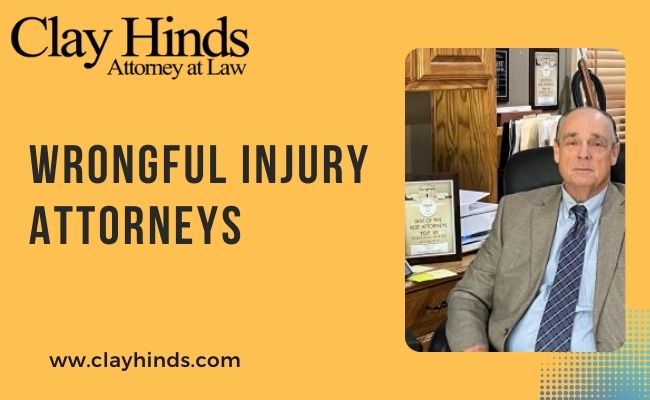Accidents can occur in a moment but may have a much longer-lasting impact on each part of your life. One minute you are out in the world going about your daily routine, and all of a sudden you have to deal with medical bills, lost work, and emotional outbursts. At that time, it is easy to feel overwhelmed and not know what direction you have to turn.
The interesting twist is, you don’t have to do it all alone. Being aware of your rights due to an injury is the beginning of the process towards recovery and being independent again, and having a bright future in front of you.
You should be knowledgeable of your rights as stipulated under the Dallas County law on wrongful injury when you are injured due to negligence. Consequently, what can do for you as law can bring action in recovery rightfully and to claim. It may have been an auto accident, slipping and falling due to unsafe grounds, or an on-set accident; you are informed because information is the key that forces recovery of that which rightfully belongs to you.
What is a Wrongful Injury?
A wrongful injury is a term where an injury that takes place due to the action or negligence of another. It may include motor accidents, product liability, medical negligence, or hazardous conditions. As compared to other accidents, it will tend to involve a violation of the duty of care.
For instance, if you had a dangerous staircase in your home and failed to repair it, or a red light runner hit you and hurt you, then that would be an injury at wrongful injury. Such distinction leaves you wondering when your case will be suitable for legal action.
Principal Legal Rights in Dallas County
As an injured Dallas County victim, you do have some significant rights. Most importantly, you have the right to be compensated for your injuries, including medical expenses, lost wages, pain and suffering, and emotional distress.
Texas law also legally mandates that you have an attorney represent you. Your selection of a lawyer to represent you can be the make-or-break component in your case’s success or failure, and how much compensation money you will get. Keep in mind, Texas is a statute of limitations state, typically two years from the date of injury, so it will be wise not to procrastinate.
How Wrongful Injury Lawyers Can Assist
Having wrongful injury attorneys work for you can take the hassle out of an already stressful problem. They walk you through determining whether or not you have a case, such as what kind of evidence you’re going to have to present, and negotiating for you with insurance companies.
A lawyer knows local laws and the laws specific to the legal landscape of Dallas County. They are trained to advocate for your rights, whether in settlement negotiations or preparing to take your case to court. With help, you’ll feel more confident moving forward.
Choosing the Right Lawyers in Dallas County
In selecting Dallas County attorneys who will represent your case, consider those who specialize in wrongful injury law. Success rate, customer reviews, and communication are the most critical aspects. Most successful firms offer free consultations and operate on contingency fees, so you don’t pay if they lose your case.
It is also necessary to hire the services of an experienced lawyer who understands Dallas courts and procedures. Knowing the place means that your case will be addressed well and to the level of the law locally.
Final Thought
Negligent accidents spin your life about, but if you understand what you are entitled to, you have the control to respond. Whether it is cash or being the guilty party paying up that you want, having the best brains within the law fighting your corner is all you need.
If you or someone close to you has been victimized by a wrongful Dallas County injury, wait no more; find the attorneys who recognize your rights and will battle to make your future secure.
Click today for more information and make an appointment at Clay Hinds.

